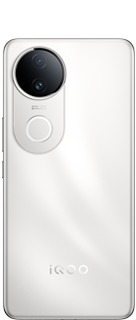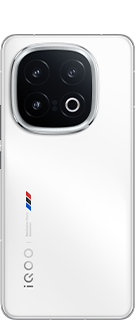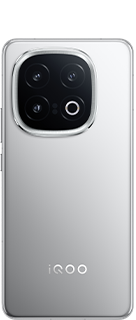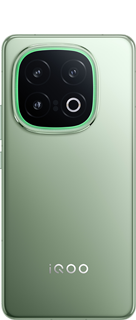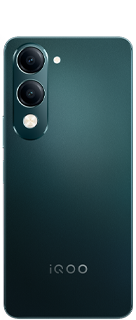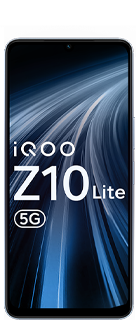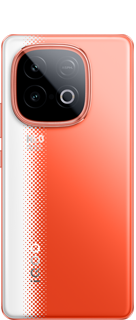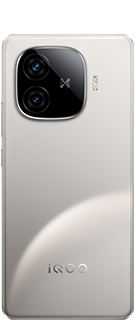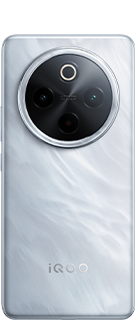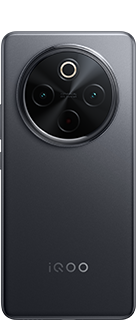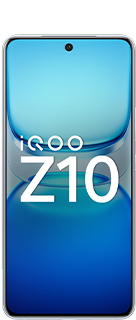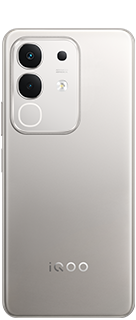Clean up your phone: Speed, storage and privacy boost in minutes
Your smartphone works hard, but it doesn't always stay in top shape on its own. Over time, storage fills up, apps collect background data and privacy settings fall behind.
You might notice slower performance, random glitches or just a general sense that things aren't running as smoothly as they used to. The good news is that a quick digital and physical cleanup can help your device run like new.
These simple steps will help you free up space, improve speed and keep your personal data better protected.
Digital cleanup tips
1. Clear out apps and files you forgot existed
If your phone is low on storage or feeling sluggish, start by clearing out apps and files you no longer use. This is one of the fastest ways to improve speed and battery life.
Settings may vary depending on your Android phone’s manufacturer.
- Delete unused apps: Go to Settings > Apps > [App Name] > Uninstall.
- Clean out downloads: Open the Files app > Downloads > Select files > Tap Delete.
- Use Files by Google: Open the Files by Google app > Tap Clean > Use options like Delete downloaded files or Delete duplicate files to free up space.
2. Disable background app activity to save power and speed things up
Many Apps continue running in the background even when you're not using them, draining battery and slowing down your phone. Limiting or disabling background activity can noticeably boost performance and help your device last longer between charges.
Settings may vary depending on your Android phone's manufacturer.
Restrict background activity:
- Go to Settings > Apps > Select the app > Tap Battery > Choose Restricted or Optimize to limit background usage.
- Or go to Settings > Battery > Battery usage > Tap on apps using high power > Adjust settings to restrict background activity.
3. Organize and remove unnecessary files
Digital clutter adds up quickly. Screenshots, old PDFs, duplicate photos and downloads that were only meant to be temporary. Regular file maintenance helps you stay organized and keep your phone running smoothly.
Settings may vary depending on your Android phone’s manufacturer.
- Find duplicate photos: Open Files by Google > Tap Clean > Under Duplicate files, select files to delete.
- Sort screenshots: Open Photos > Albums or Collections > Screenshots > Tap and hold to select > Delete or the trashcan icon > Click Move to trash.
- Delete old downloads: Open the Files app > Downloads > Select files by tapping and holding > Tap Delete or the trash can icon.
For email cleanup
- Bulk delete emails in Gmail: In the search bar, type older_than:6m > Select all > Delete.
- Set email rules in Outlook: Go to File > Manage Rules & Alerts > New Rule > Choose criteria like sender, age or subject > Set action to archive or delete.
- Find old emails in Yahoo: Use the search bar to type before:2025/01/01 > Select messages by clicking the square box next to the message > Delete or click the trashcan icon.
Physical cleaning tips
Phones collect bacteria from nearly every surface you touch. From gym equipment to bathroom counters, your phone needs regular cleaning to stay safe and functional.
Clean the exterior
- Use a dry microfiber cloth to wipe the screen, case and back.
- For tougher smudges, slightly dampen the cloth with 70% isopropyl alcohol.
- Never spray liquid directly on the screen or into ports.
- Avoid harsh chemicals like bleach, ammonia or glass cleaner.
- Do not use paper towels or abrasive materials that can scratch the screen.
Clean ports and speakers
- Use a soft-bristled brush or wooden toothpick to remove lint and debris from charging ports and speaker grills.
- Avoid using metal objects or compressed air directly into the port.
Clean your case
- For plastic or silicone: Wash with warm soapy water, rinse and air dry.
- For leather or fabric: Use a surface-appropriate cleaning solution and follow the manufacturer’s care instructions.
Before cleaning, always power off your phone and unplug any accessories.

Privacy and security sweep
Digital cleaning also means reviewing your privacy settings. Make sure your apps are not accessing more than they need and keep your sensitive data secure.
Settings may vary depending on your Android phone’s manufacturer.
- Review app permissions: Go to Settings > Privacy > Permission Manager > Choose a permission type > Review and adjust access.
- Enable Find Hub: Go to Settings > Google > All services > Personal & device safety > Find Hub > Turn on Allow device to be located.
- Set a secure screen lock: Go to Settings > Security > Screen Lock > Choose a PIN, password or pattern.
Back up your data
Data loss can happen without warning. Whether it is due to damage, theft or an unexpected software issue, having a recent backup can save your photos, contacts and important files.
Settings may vary depending on your Android phone’s manufacturer.
- Back up to Google: Go to Settings > Google > Backup > Turn on Backup by Google One > Confirm your backups in the Google One app under Storage > Device Backup.
Use smart tools to automate cleanup
Instead of constantly managing your phone manually, let trusted tools do the heavy lifting. A top-tier antivirus app doesn’t just protect against malware; it often includes powerful performance boosters designed to keep your device running smoothly.
Look for apps that offer:
- Junk file and cache cleanup
- App uninstaller for unused programs
- Duplicate file finder
- Browser cleanup tools
- Startup manager to improve device boot time
- Real-time protection against malware, phishing and unsafe links
These features help keep your device fast, secure and clutter-free without constant manual maintenance. Many top-rated antivirus apps offer a combination of security and performance optimization tools to simplify device management and protection.
Quester
Please sign in
Login and share

